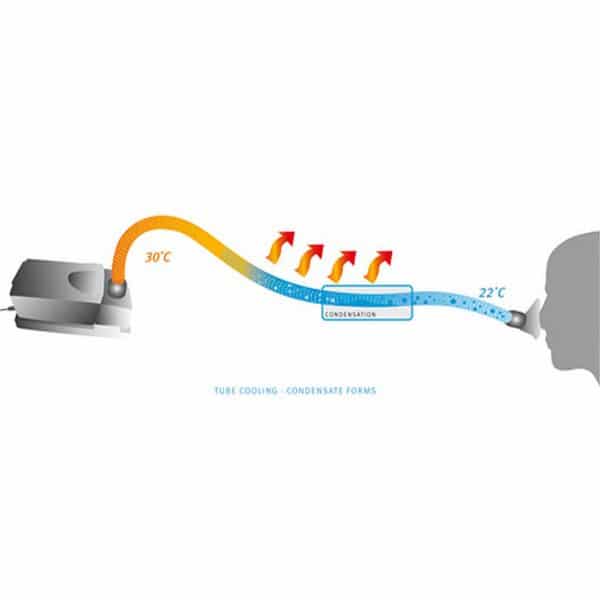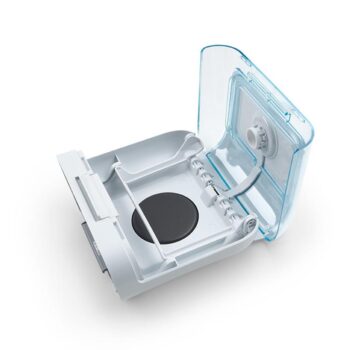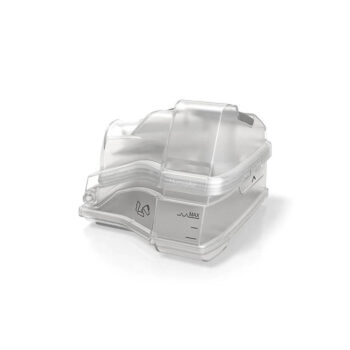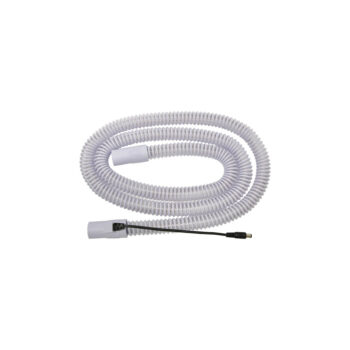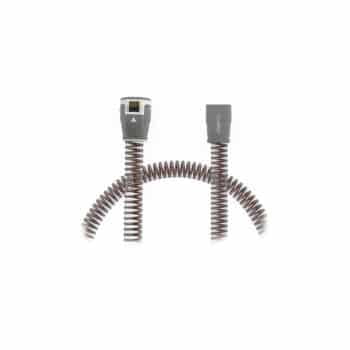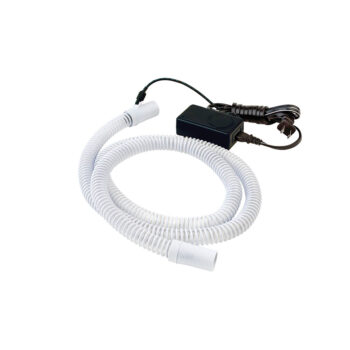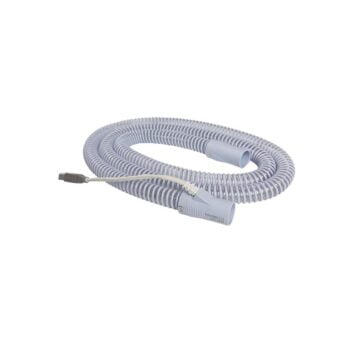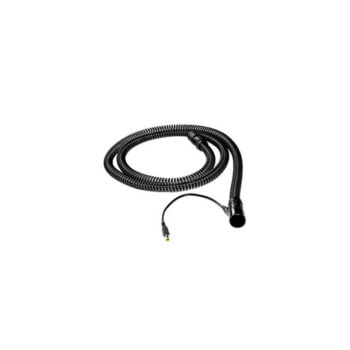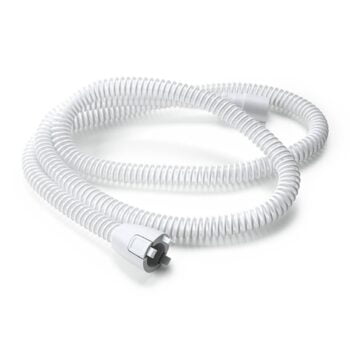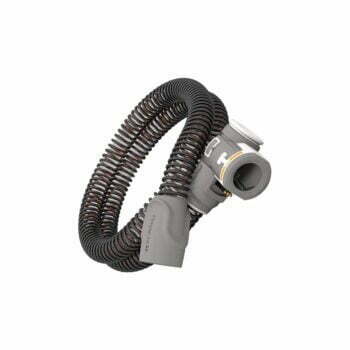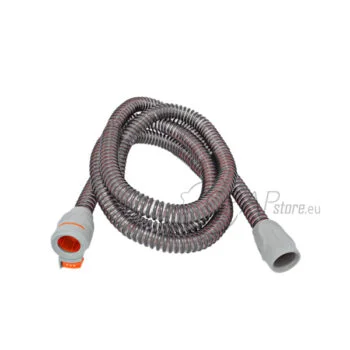Health
How to Avoid Water, Rainout, and Moisture in CPAP Tubing and Masks
How to Avoid Water, Rainout, and Moisture in CPAP Tubing and Masks
How to Avoid Water, Rainout, and Moisture in CPAP Tubing and Masks. As you sleep soundly, aided by the use of continuous positive airway pressure (CPAP), a sputtering noise begins and soon the water is splashing you in the face through your mask, waking you up. Moisture in the CPAP tubing or mask is a frequent (and annoying) occurrence with the use of a heated humidifier, but how can it be avoided? Discover how heated tubing, wraps, and changes in the humidifier setting may help to eliminate this occurrence.
The Role of the Humidifier in Causing Water Condensation
In most cases, moisture in the CPAP tubing or mask is secondary to the use of a heated humidifier. Without a humidifier in place, exhalation may also cause a small amount of water to condense within these plastic parts. The heated humidifier increases the comfort of using CPAP, reducing dryness within the nose or mouth and making nosebleeds and infections less likely. There is a trade-off to introducing this additional water to the treatment, however.
When the humidity enters an unheated tube, the difference in temperature may cause condensation to occur. Small beads of water may form within the tubing. As these coalesce, rivulets of the water may make their way to the mask and splash your face. The warmer the humidifier air—and the colder the tubing (or room)—the more condensation occurs. If the humidity setting is turned up, more moisture may be in the air to rain out within the tubes or mask.
If you have the humidifier set to the highest setting, this is very likely to occur.
How to Avoid Moisture in the CPAP Mask and Tubing
What can be done to eliminate this from happening? Any of the various options basically involve trying to closer match the temperature inside and outside of the tubing.
- Heated Tubing
Perhaps the most desirable option is to use a heated tube that delivers the warm, moist air from the heated humidifier to the CPAP mask. This will maximize the benefit of the humidifier. All of the major manufacturers of CPAP equipment now offer heated or climate line tubing as part of their latest models. These have a heated coil that runs the length of the tube and keeps the air inside warmed. The power is integrated into the back of the CPAP machine and the tubing easily connects to the various mask interfaces. In addition, it is possible to purchase a separate heated tubing component called Hybernite to use with older machines. In general, it is recommended to set the temperature of the tubing between 78 and 82 degrees to reduce the likelihood of water forming in the equipment.
- Changing the Temperature Difference
A less expensive and simple option is to adjust the temperature of the heated humidifier or your bedroom. Turn down the temperature of the humidifier or turn up the thermostat in your bedroom. You may find that it is more comfortable to sleep in a cool room, so you might start by adjusting the humidifier.
- Covering the CPAP Tubing
Another popular option is to put the CPAP tubing under the bed covers.
This will warm the tube and reduce the condensation. There are also various fabric coverings sold that can insulate the tubing as well. The most popular brand is sold as Snuggle Hose. These come in various colours, patterns, and fabrics. If you are crafty, similar covers can be made easier with a long piece of fabric and a sewing machine or needle and thread.
- Placing the CPAP on the Floor
Another helpful option is to put the CPAP machine on the floor. By putting it in a lower position than where you are lying in bed, the moisture that does collect within the tubing will run back to the humidifier, rather than dousing you in the face in the middle of the night.
Finding the Right Solution to Reduce Water in CPAP Tubing and Masks
There are a number of highly effective options to reduce the condensation that can collect in CPAP tubing with the use of a heated humidifier. The benefits of the moisture largely outweigh the inconvenience, and a few accommodations will ensure that your sleep continues to be benefited by CPAP without any unnecessary disruptions.
If you continue to have problems, speak with your board-certified sleep physician or durable medical equipment about additional options that might be helpful to you.
Source: “Humidifier settings.” ResMed.



